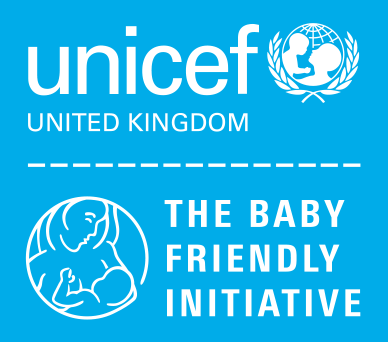These studies look at the effects of tongue tie on breastfeeding and methods to diagnose it.
Trends in ankyloglossia and frenotomy in British Columbia
This study examined the temporal trends in ankyloglossia and its surgical treatment (frenotomy) and the authors found large temporal increases and substantial spatial variations in ankyloglossia and frenotomy rates. They suggest that this may indicate a diagnostic suspicion bias and increasing use of a potentially unnecessary surgical procedure among infants.
The development of a tongue assessment tool
The authors in this study developed a simple, transferable tool to provide a consistent assessment of tongue appearance and function in infants with tongue-tie. The Bristol Tongue Assessment Tool (BTAT) was found to provide an objective, clear and simple measure of the severity of a tongue-tie, to inform selection of infants for frenotomy and to monitor the effect of the procedure.
Does frenotomy help infants with tongue-tie overcome breastfeeding difficulties?
The authors found no evidence exists for improved latching after frenotomy, and evidence concerning improvements in maternal comfort is conflicting. At best, frenotomy improves maternal nipple pain by 10% and maternal subjective sense of improvement over the short term (0 to 2 weeks).
Experts don’t recommend frenotomy unless a clear association exists between ankyloglossia (tongue-tie) and breastfeeding problems. The authors conclude that frenotomy should be performed with anesthesia by an experienced clinician to minimize the risk of complications.
Tongue-tie and frenotomy: achieving a balance
This study reviewed data on tongue tie (academic literature and professional accounts), and found a small number of studies with quality evidence: 316 infants in frenotomy RCTs, over five studies. The authors conclude that good assessment and selection are important, as 50% of breastfeeding babies with ankyloglossia will not encounter any problems.
Frenotomy for infants with tongue tie improves breastfeeding ability and maternal nipple pain
Neonates who had difficulty breastfeeding and significant ankyloglossia were enrolled in this 12 month randomised, single-blinded, controlled trial and assigned to either a frenotomy (30 infants) or a sham procedure (28 infants). Breastfeeding was assessed by a pre-intervention and post-intervention nipple-pain scale and the Infant Breastfeeding Assessment Tool. The authors conclude that when frenotomy is performed for clinically significant ankyloglossia, there is a clear and immediate improvement in reported maternal nipple pain and infant breastfeeding scores. They recommend additional research should be done to determine the optimal timing of frenotomy and the ideal screening tool to detect significant ankyloglossia.



